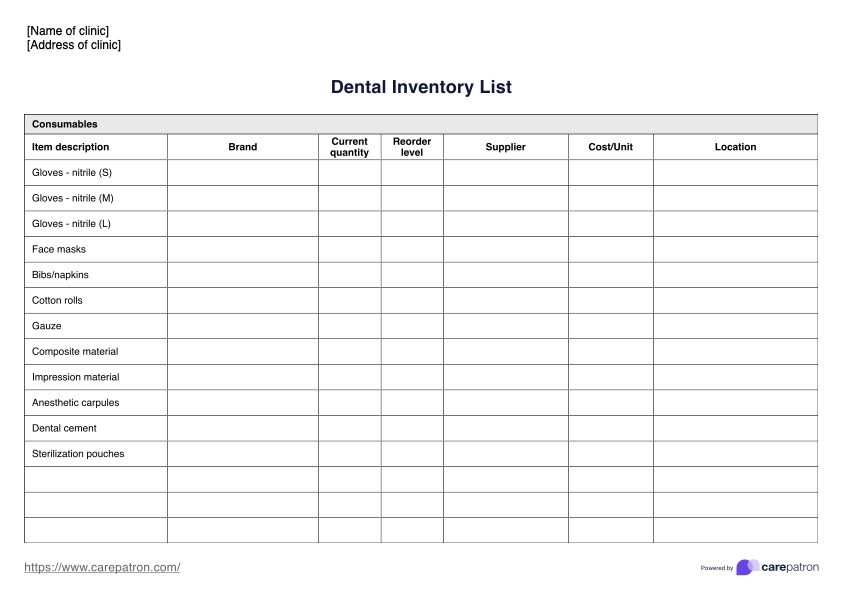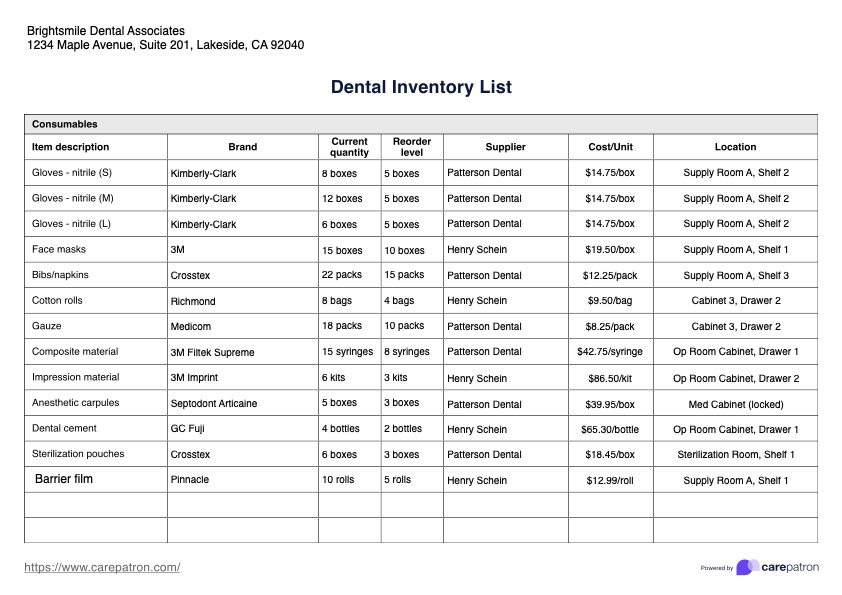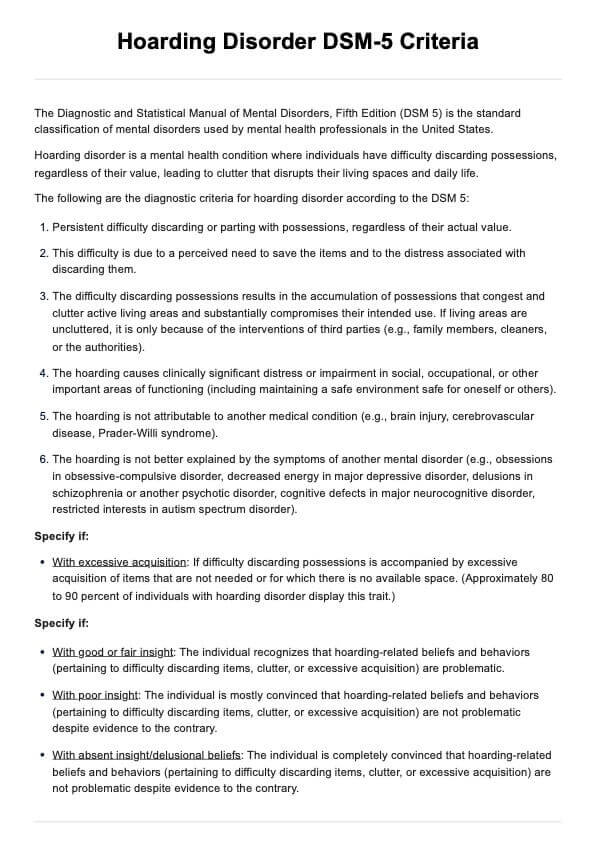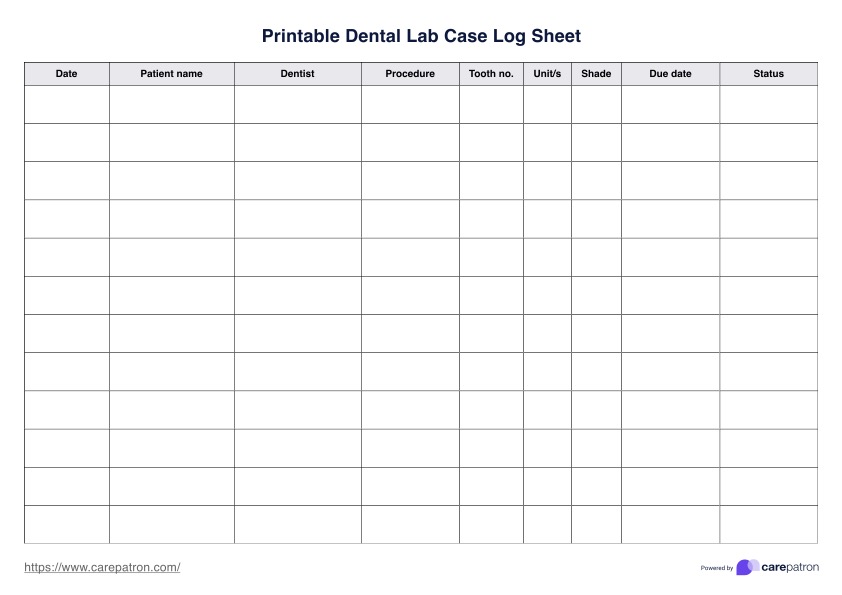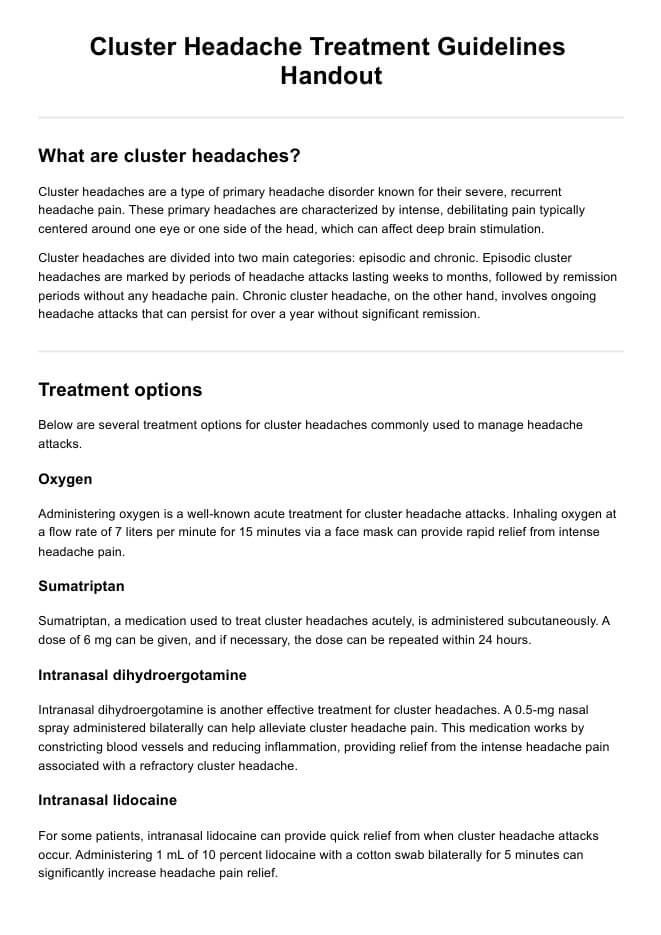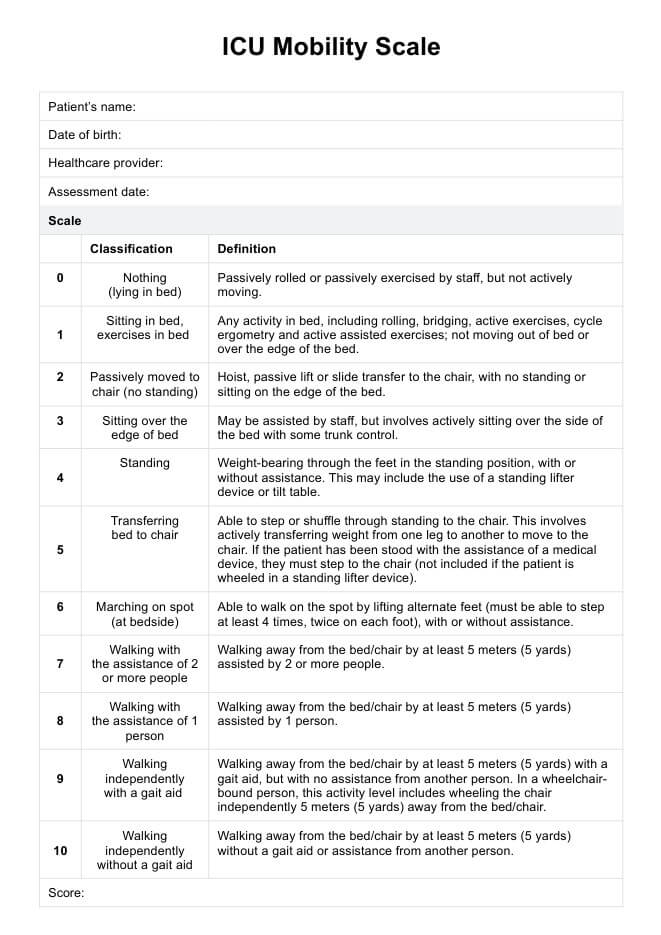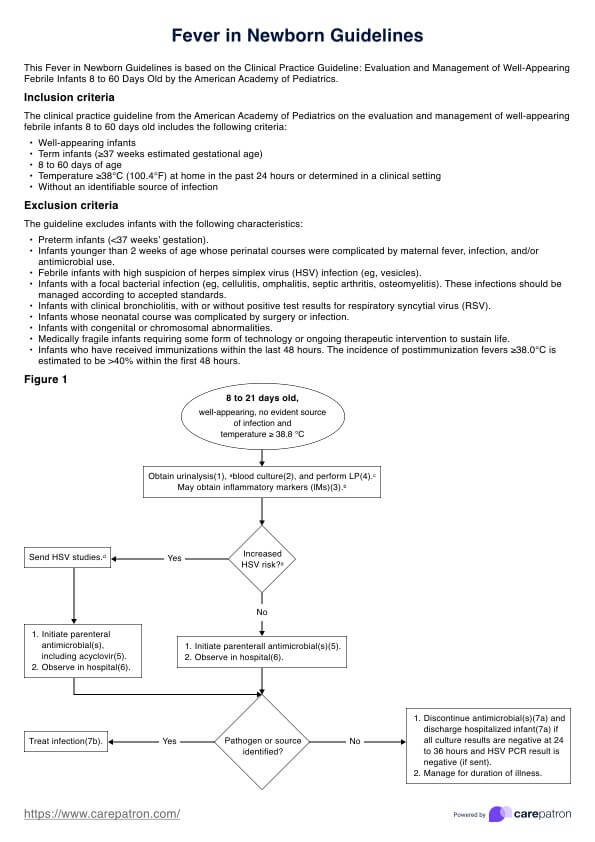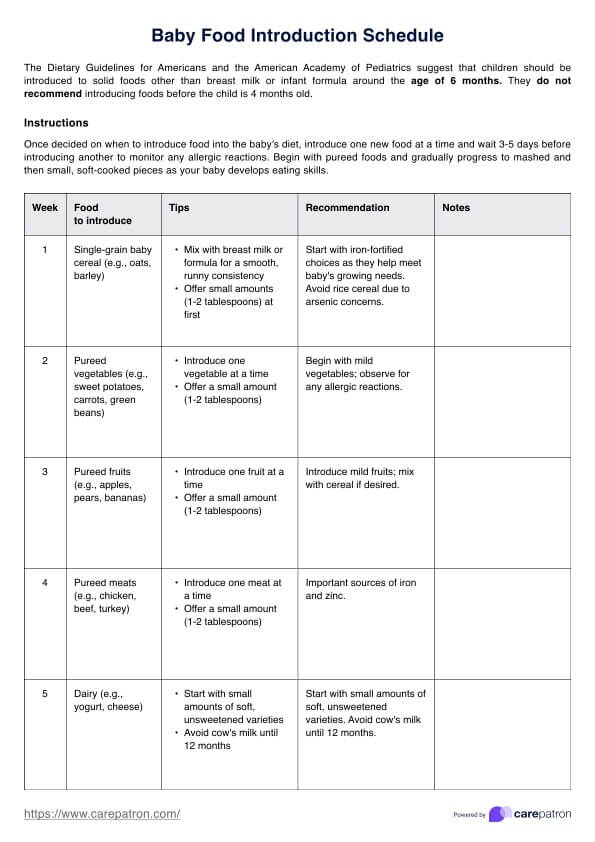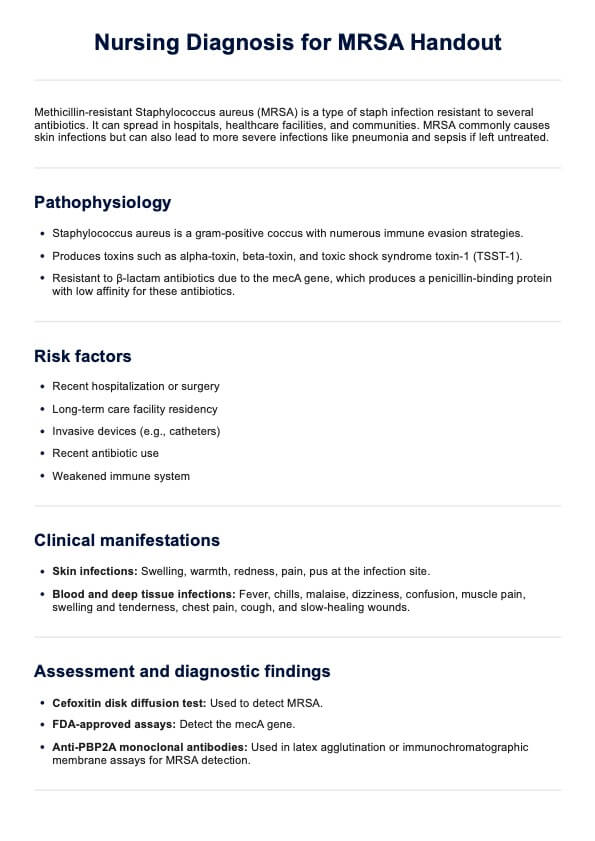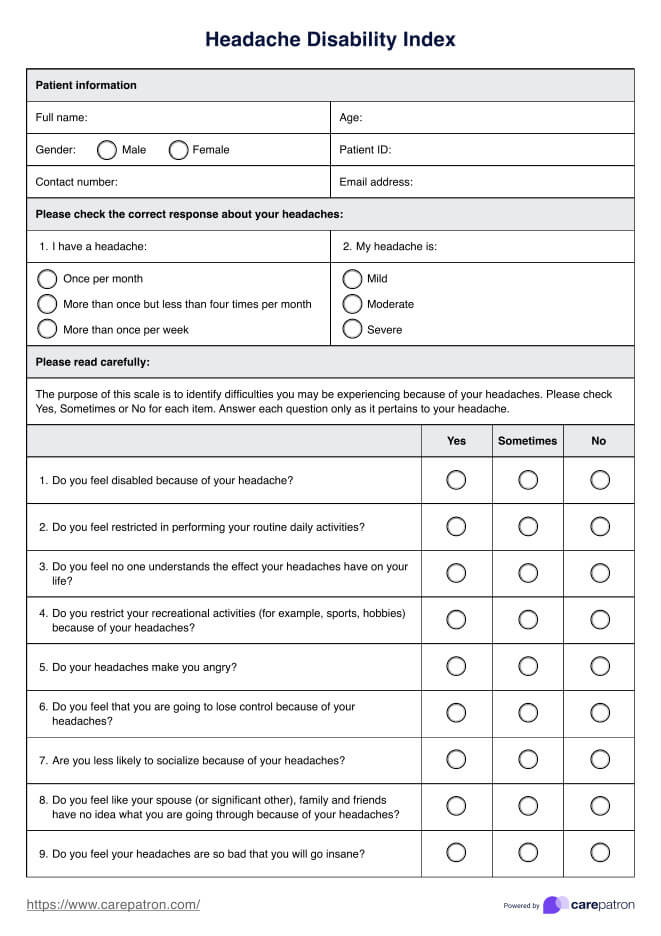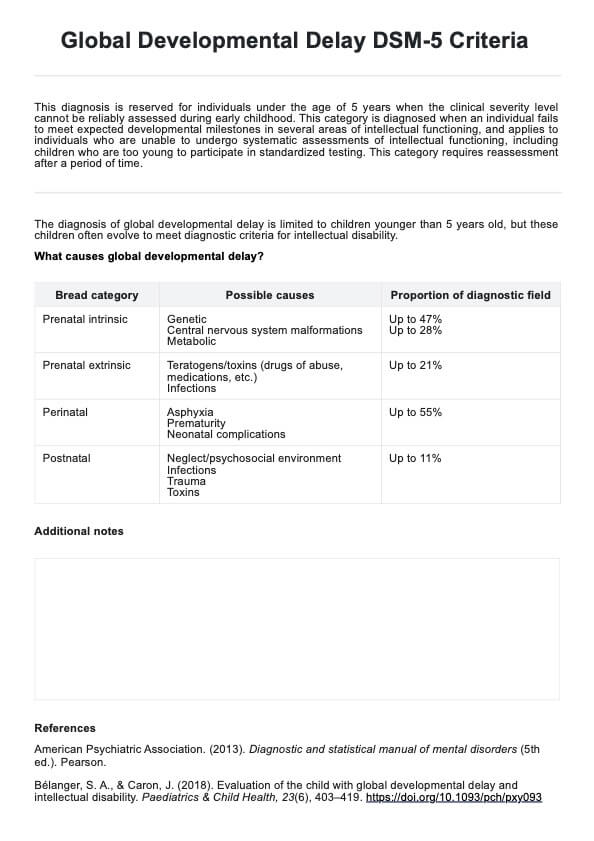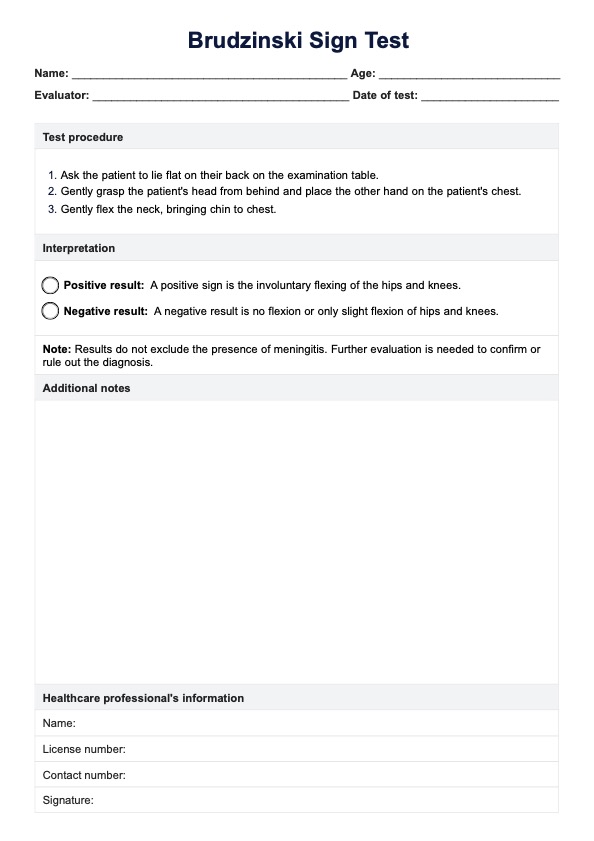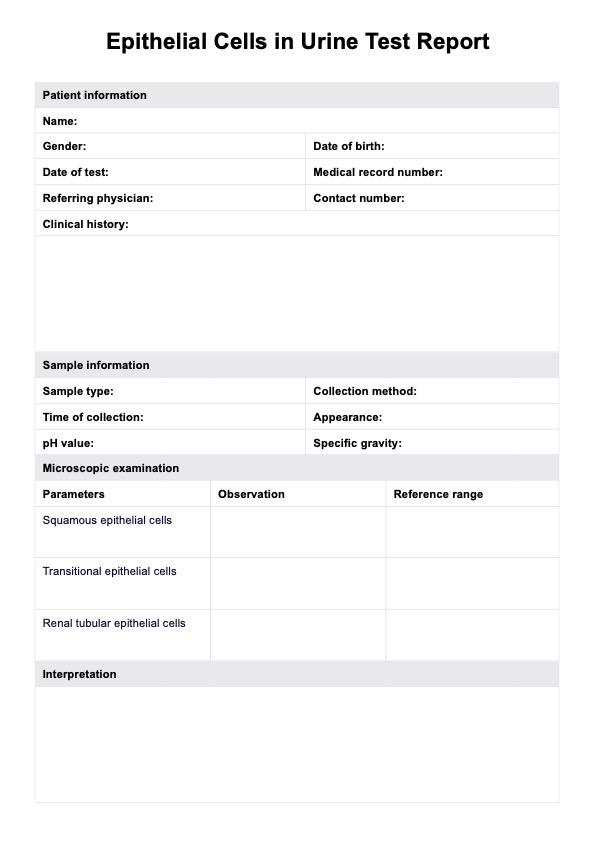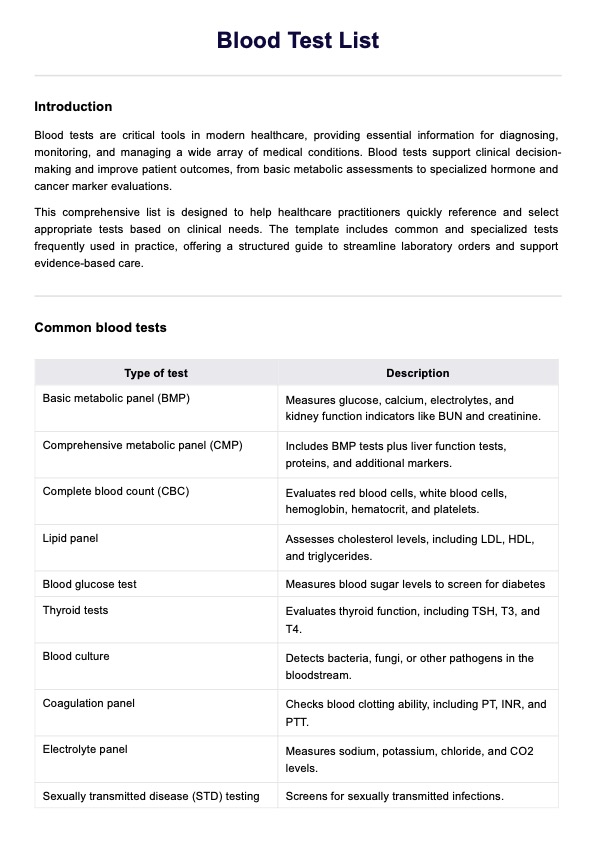Dental Inventory List
Streamline your dental practice's inventory management with our Dental Inventory List & Example, available for free PDF download.


What is inventory management?
Inventory management is systematically sourcing, storing, and selling raw materials (components) and finished goods (products). This involves overseeing the dental inventory in a dental practice, from consumables like gloves and syringes to expensive equipment like dental surgical kits.
A robust inventory system ensures that a dental office maintains optimal stock levels to meet patient needs without excessive overstock. Tools for an inventory control system, such as a dental office inventory template, streamline the process.
Dental Inventory List Template
Dental Inventory List Example
What is a Dental Inventory List?
A Dental Inventory List includes all tangible items within a dental practice required for its day-to-day operations, ranging from dental supplies like syringes and composite resins to major equipment such as dental surgical kits and X-ray machines.
Effective management using a dental office inventory template is integral for dental professionals and clinics to ensure they have the items on hand without overstocking. With a dental inventory template, clinics can efficiently track supplies and inventory costs, forecast needs, order from dental supply companies, and maintain an organized inventory system with a printable inventory list template.
In dental practices, an effective inventory management process is crucial for ensuring the availability of necessary dental supplies. Using a printable inventory list template not only helps track usage and manage orders from dental supply companies but also supports financial planning and waste reduction.
Implications of ineffective inventory control in dentistry practices
The absence of an efficient dental office inventory list can lead to many challenges within a dental practice. Insufficient stock of critical items can result in appointment delays or cancellations, impacting patient satisfaction and trust.
Conversely, excess inventory can incur unnecessary costs and storage issues, tying up funds that could be better invested elsewhere in the practice. Ineffective inventory control disrupts the balance of supply and demand, which is detrimental to the practice's financial health and the quality of patient care provided.
How does our Dental Inventory List template work?
Our Dental Inventory List template is a customizable tool designed to help dental practices systematically track inventory. It's available in a convenient dental inventory spreadsheet PDF format, which you can download and tailor to your needs. Here's how to get started:
Step 1: Download and customize the template
Click on "Use template" to access and edit the list within the Carepatron platform, or click on "Download" to get a PDF copy of the file.
Step 2: Fill in your inventory details
Once your template reflects your dental practice's inventory needs, input the indicated details for each consumable item, instrument, equipment, and office supply. We have also added blank rows where you can add other items not included in the dental supply list.
Step 3: Monitor and update regularly
The final step is to track inventory as items are used or new supplies are ordered. Note the last and next inventory date. Set the reorder levels to note when it's time to restock. This ongoing process ensures that you maintain a real-time view of your inventory, which is crucial for efficient practice management and financial planning.
How often should dental staff check their inventory?
For dental practices to function smoothly, regular inventory checks are a must. While the frequency can vary based on the size and volume of the clinic, there are vital scenarios where dental staff should consult their inventory template. These include before placing orders with vendors, when dentistry practices stock new dental materials, and as part of scheduling patients to ensure necessary supplies are available. Let's delve into each scenario:
- Before placing orders: It is advisable to review inventory levels before contacting suppliers to avoid overstocking or running out of essential items. Keeping vendor details up-to-date in the inventory template can also streamline the ordering process.
- When stocking new materials: An inventory check should be performed whenever new dental materials are stocked. This helps integrate the new stock into the existing system and update records, minimizing human error.
- Part of patient scheduling: Dental clinics should align inventory checks with patient scheduling, especially for procedures that require specific supplies. This ensures all necessary items are on hand and can reduce costs by avoiding last-minute orders.
With these, dental clinics can save time and money and minimize the stress associated with inventory management. Regular inventory assessments can prevent disruptions in service delivery, maintaining the high standards expected in patient care.
Benefits of proper dental inventory management
Effective inventory management in a dental practice goes beyond merely knowing what is on the shelves. It involves a comprehensive approach to managing all aspects of the inventory, from ordering to usage to replenishment. Using an inventory template or software can significantly enhance the efficiency and effectiveness of managing supplies.
Here are four key benefits of proper dental inventory management:
Improved efficiency and time savings
Dental practices tend to streamline their stock management processes by adopting an inventory management system or template. This reduces time spent on inventory-related tasks, allowing staff to focus more on patient care and less on administrative duties.
Optimized stock levels
Effective inventory management ensures that a dental practice maintains optimal stock levels of all necessary supplies. This prevents overstocking or understocking of dental materials, which can affect the clinic's ability to serve patients efficiently. Keeping stock levels balanced is crucial, especially for dental specialties that may require unique supplies.
Cost-effective
By carefully monitoring inventory usage and employing strategic ordering practices, clinics can significantly reduce costs associated with excess inventory and expired products. An inventory template can aid in tracking product lifecycles and vendor details, facilitating bulk purchases at more favorable prices without the risk of wastage.
Enhanced patient care
Ultimately, the primary goal of inventory management in dentistry is to ensure that the right supplies are available when needed, thereby minimizing delays in scheduling patients and improving the overall patient experience. Proper inventory management reduces the chances of human error and ensures that dental practices are always prepared for the variety of treatments their patients require.
This readiness translates into higher patient satisfaction and trust in the dental clinic's ability to provide timely and effective care.
Commonly asked questions
Download the template, then input your dental practice's specific inventory items, including dental supplies and equipment. Fill in the relevant details, such as quantity, cost, and reorder levels, to keep your inventory well-organized.
Many inventory list templates are designed to be compatible with spreadsheet software, which can then be integrated with other management systems to streamline your dental practice's operations.
Review and update your inventory list regularly to reflect stock levels. If discrepancies arise, investigate potential causes, such as human error or supply chain issues, and adjust your inventory practices accordingly to prevent future problems.


